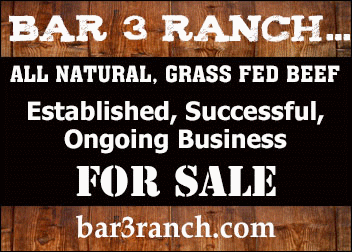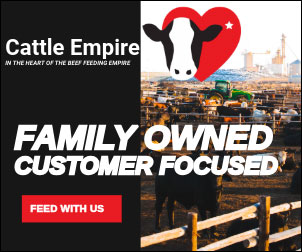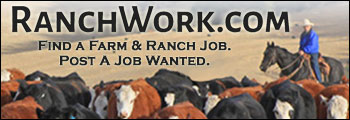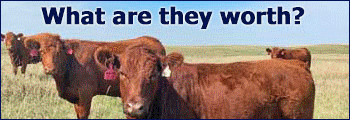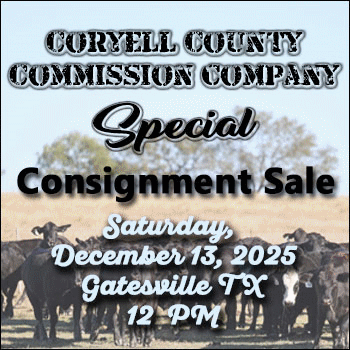Dairy farmers are sending fewer cows to slaughter, opting instead to keep the animals for longer to breed so-called beef-on-dairy calves.
The US milk cow herd is the biggest it has been in at least a quarter century, in a positive sign as the meat industry suffers through tight supplies and consumers face record beef prices.
The US averaged 9.54 million milk cows in the third quarter, the most in data going back to 1998, according to a US Department of Agriculture report. That figure, which is about 200,000 more than in the year-earlier quarter, is also the steepest jump on record.
The boost in the milking herd shows that dairy farmers are sending fewer cows to slaughter, opting instead to keep the animals for longer to breed so-called beef-on-dairy calves destined to become meat in another year and a half. Those animals have become a profitable income stream amid an ongoing beef shortage, fetching upward of $1,000 each shortly after being born.

“This big jump in dairy cow numbers is largely due to the beef-on-dairy situation,” said Abbi Prins, a dairy and animal protein industry analyst at agricultural lender CoBank ACB. “It makes more financial sense — the dairy producer is going to have more revenue coming from the beef-on-dairy calf rather than sending the female cow into her second career as a beef animal.”
Tight cattle supplies in the US have driven slaughter-weight animal prices to an all-time high this year, and availability is expected to remain limited. President Donald Trump is on a campaign to bring down consumer prices, issuing an order on Friday reducing tariffs on commodities including beef.
The shift with milk cows won’t be enough to turn around the cattle shortage issue, as dairy cows make up a small share of the broader US herd, said Altin Kalo, the chief economist at Steiner Consulting Group. However, the significant increase could still help the US calf crop see its first increase since 2018, helping to ease the tight supply situation.
Beef-on-dairy calves are fetching $1,000 to $1,500 each, levels that are high enough to sustain a larger milking cow herd even as the dairy market has maintained a “fairly bearish sentiment,” according to Kathleen Wolfley, a market intelligence director at Ever.ag Insights.
The USDA report showed that milk production in the third quarter was the highest for that time of year since at least 1998. Chicago futures for class III milk used for cheese is down more than 17% this year, while class IV milk for butter has dropped about 33%. Butter prices fell earlier this month to the lowest since 2021.
Those prices would typically prompt dairy farmers to start culling cows, leading to less milk output. But that isn’t happening this time around, especially as the return on a beef-on-dairy calf can be equivalent to the net profits on milking a cow for two years, said Mike McCully, president of McCully Consulting.
“The signal from the milk market is: ‘We’ve got too much milk, you need to cut back on production.’ The signal from the beef market is: “We need more calves, we need more beef, hold onto your cows,” McCully said. “For now, the signal from the beef market is overwhelming the signal from the dairy market.”
Source: Bloomberg



